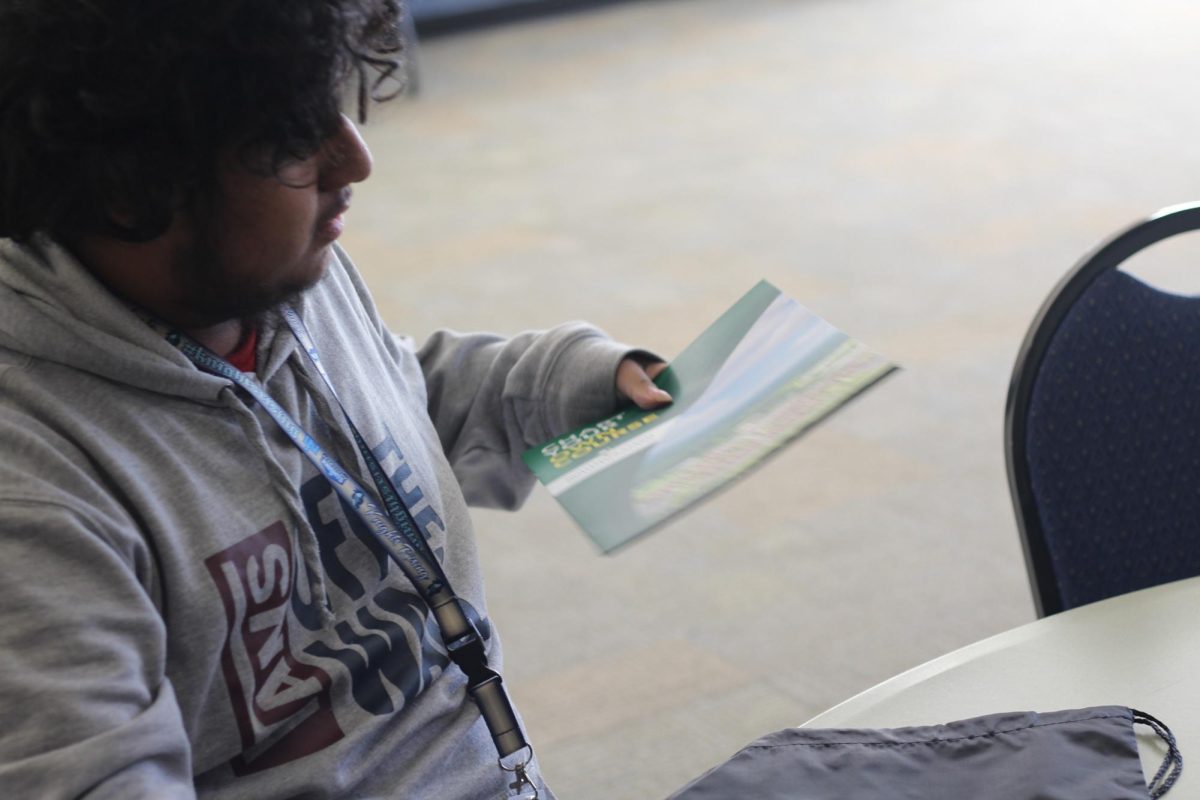Quemada de Toros (the burning of bulls), Toros de Lumbre and Toritos de Fuego (bulls of fire) all refer to one thing: the old Mexican tradition of dancing with a metal bull structure that has fireworks along the sides of spinning wheels. These dances are typically done throughout all regions of Mexico and performed throughout late November to the early days of January, every other night.
This tradition was brought over to Mexico from Spain during colonial times and soon adapted to celebrate Christmas, Dia de Los Reyes, La Virgen de Guadalupe, and New Year. For years, the bulls, along with a festival, have been a prominent part of holiday celebrations.
Multiple bulls are prepared for the dance because once the fireworks burn out, it’s difficult to add more fireworks to the metal structure. There are two kinds of bulls: two smaller ones for kids and two to three bigger ones for adults.
How they are brought out for the dance is simple: someone will place one of the sides of the metal legs of the animal on their shoulders while another person lights the end of the fireworks and then they start dancing with it, until another person comes and takes a turn. The fireworks themselves will constantly burn until they [fireworks] fade away.
“Se lo pone la gente tonces empieza a correr,” dijo senior Arely Antonio. “Así va sacando chispas entonces muchos niños van correteando después porque como lo ponen en una bajada así el camino los niños los va correteando después el toro se regresa y los corretea a los niños.”
“When people put it on, they start running,” said senior Arely Antonio, “so it sparks. Then children run around chasing after it because they go on a downhill path. The children run around after them then the bull comes back and chases after the children [in a playful manner].”
The sounds of laughter, music, fireworks and joyful chatter along with the aroma of freshly made foods fill the streets all night long leading up to the celebrated days like New Years, Christmas and Dia de Los Rayes. These bulls are just one of many traditions that bring joy and build a closer sense of community. People from all over Mexico come from bigger towns to small pueblos just to enjoy food and celebrations that they can feel a part of.
“La fiesta en los pueblos es maravillosa,” dijo Juan Antonio Ortiz Romero. “Ó seo no es algo que se limite se hace una fiesta y en este pueblo cualquier persona que llega es bienvenida de cualquier ciudad que lleguen son bienvenidos a la fiesta. Te dan de comer como a cualquier ciudadano del pueblo, no hay diferencias y todos son bienvenidos.”
“The celebrations in the towns are wonderful,” said Juan Antonio Ortiz Romero, “and it’s not something that is not limited. A party is in a town, and anyone who arrives is welcome from whatever city they arrive from, they are welcome to the party. They feed you like any other citizen of the town. There are no differences and everyone is welcome.”










Axel Cervantes • Apr 4, 2024 at 9:07 pm
i liked this article because it says important things about this article that i didn’t know about.
Dominic Hernandez • Apr 2, 2024 at 10:16 pm
What I liked about the article was that Knight life doesn’t just share news from school but also from other countries like Mexico.